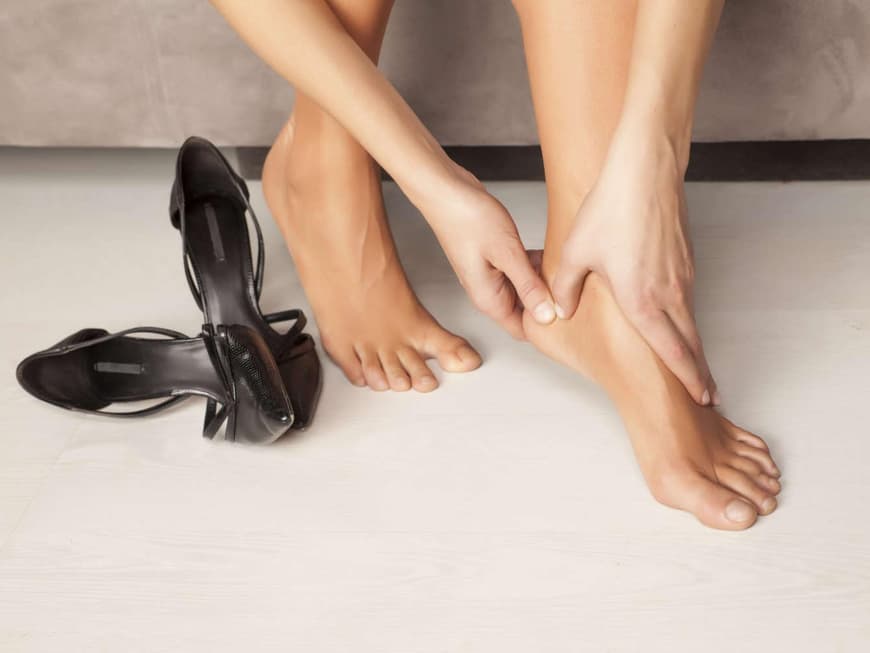This article contains, among other things, product recommendations. We are not influenced by third parties when selecting products. For purchases made via our affiliate links, we receive a commission from the relevant service provider/online shop, which helps us to continue offering independent journalism.
Removing corns: how to get rid of pressure sores
Many people have corns, but how do you get rid of them and, above all, how do you get rid of the stubborn pressure marks? How to remove corns!

Corns on the foot: where do they come from?
Corns, also known as plantar warts, are really annoying. They are caused by shoes that are too tight or malpositioned feet such as hammer toes. The classic areas for corns are the toes if the cause is incorrect footwear. In the case of splayfoot, the pressure points occur on the sole of the foot and on the ball of the foot. The problem: if pressure is constantly exerted, the epidermis thickens. The so-called thorn can even go deep into the dermis and irritate nerve cords. This is why corns can be painful and should be removed.
Removing corns: these 4 methods are available
Remove calluses
Soak your feet in lukewarm water and then use a pumice stone or file to carefully remove the callus. Repeat this regularly, but it takes a long time. You should then apply a moisturizing cream to your feet.
Read also: Removing calluses: the 7 best home remedies
Removing corns with home remedies
You can add tea tree oil to the foot bath, for example. It also helps to soften the skin. Curd soap also has a similar effect.
Corn plaster
Treatment with corn plasters is more targeted - they contain so-called keratolytics, which soften the cornified area. It usually takes several applications. Make sure that the plaster fits well and only softens the affected area so that the healthy skin around it is irritated as little as possible.
Removal by a doctor or chiropodist
A quick and proven method is the professional removal of the corn with a scalpel. Never use a knife or scissors yourself, otherwise germs can penetrate the area and it can become infected around the corn. Corn plasters with keratolytics are available from Compeed or Gewohl, for example.
